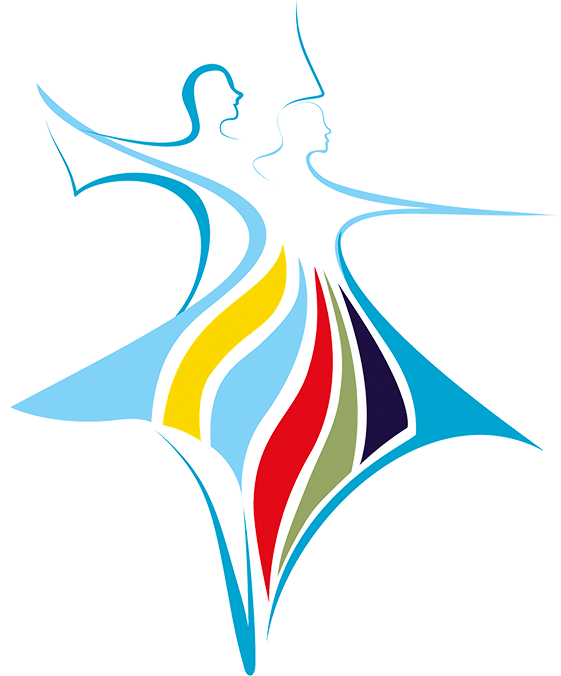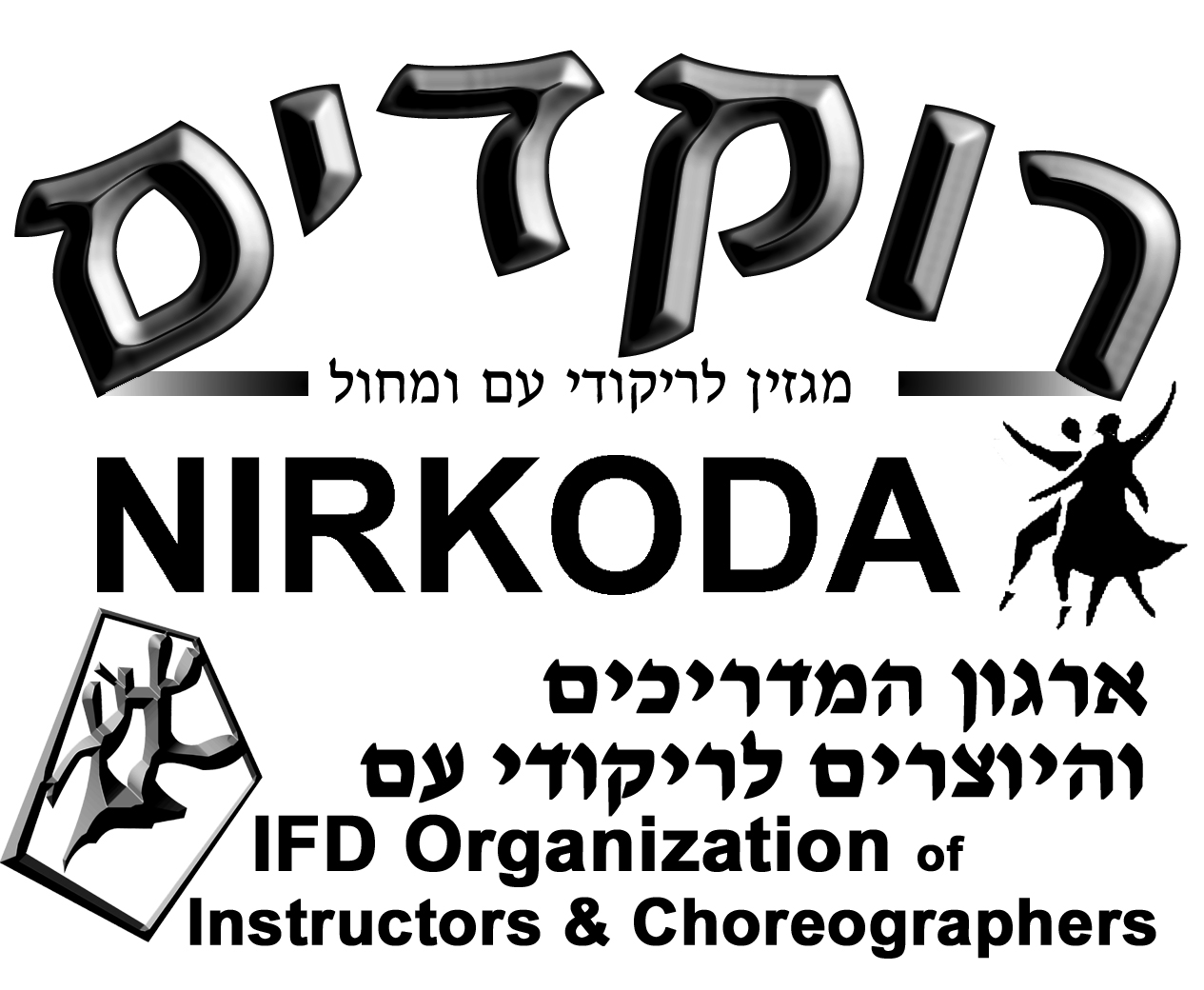- Home
- Rokdim Nirkoda 113
- Balada Al Esterika – The Ballad Of Esterika
-
697
Marco Ben Shimon was born in Algiers on October 1, 1947 and at the age of two, emigrated to Israel – directly to Tfzat (Safed), where he acquired his education until he was drafted into the Israeli Army (IDF) in 1966.
After his military service, he studied and completed a bachelor’s degree in teaching physical education at the Wingate Institute. In 1976, he began working as a teacher at Danziger High School in Kiryat Shmona.
Between the years 1977-1978, he began folk dancing at Sefi Aviv’s sessions in the Galilee region, and in the Kiryat Shmona Dance Troupe under direction of Seadia Amishai.
In 1979, he graduated with honors from a folk dance instructors’ course (Course Madrichim) in Tiberias and began working as a teacher in Kiryat Shmona.
In early 1981, he began choreographing dances. “Gan Ha’Shikmim – Sycamore Garden” was his first dance that was received with love. It was followed by additional dances such as “Leil Stav – Autumn Night”, “Na’ama”, “Lecha Ve’Alecha – For You and About You” and others… At the beginning of his career, he worked closely under the guidance of Yoav Ashriel z”l, who had organized training workshops (hishtalmuyot).
In 1981, he moved to Jerusalem, where he worked as a high school teacher and as a folk dance instructor.
In 1985, as part of a “sabbatical year”, he completed his master’s degree in education and physical education at Boston University in the United States.
Between the years of 1990-1997 he moved to Toronto, Canada, where he continued to work as a high school teacher in Jewish schools and as a folk dance instructor in local sessions. During his stay in Canada, he was invited to teach his dances in many camps and sessions throughout North America.
In 1997 he returned to Israel, to Jerusalem, and continued his work as a high school teacher and Israeli folk dance instructor in Chugim (sessions). He also organized dance training courses for high school teachers at the Jerusalem District Ministry of Education, and he continued to choreograph many more dances.
In 2015, Marco retired, and he now lives at 114 Barkan Street, Pardes Hanna, 37150. Tel: 050-5759867.
Marco’s dances can be found on the Rokdim website: https://bit.ly/3EPQ9GU
About the dance, he says:
It’s no wonder that the beautiful songs of the past have given me special inspiration and motivation to choreograph dances. As such, many years ago, I was introduced to this charming old song, “The Ballad of Esterika and Don Yitzchak Abarbanel” that was performed by singer Ofira Gluska at the 1972 Oriental Song Festival. Recently, I heard it again and decided to choreograph the dance.
There is also the wonderful story about the leader of the Jews of Spain and Portugal during the expulsion from Spain, Don Yitzchak Abarbanel (Don Isaac Abravanel). Until he was expelled, he was a leading Portuguese philosopher and Minister of Finance.
The song tells about the honorable Don Yitzchak Abarbanel, whom all the great men tried to match with their daughters. He chose Esterika, a simple and beautiful Jewish girl, without a pedigree, with whom he fell in love.
For this charming folk song, I tried to choreograph a simple and catchy dance. To my delight, it was enthusiastically received in sessions throughout Israel.
Dance video: https://bit.ly/3PR2zo5
Balada Al Esterika – Dance Notation
Music: Chaim Tzur
Lyrics: Yossi Bachar
Singer: Ofira Gluska
Formation: Partners in a circle
Meter: ¾ (In the notation, each count represents one measure.)
Structure: One verse, two parts
Step notation is for M (men); W (women) uses opposite
Part A Partners stand side by side facing CCW, W to the right of M, inside hands joined.
1 Moving fwd CCW: Three steps fwd beginning with the outside foot (M w/L, W w/R).
2 Without releasing hands, step fwd with the inside foot (M w/R, W w/L) and pivot toward partner to end facing CW with M’s rt. and W’s left hands raised (former inside hands) overhead and M’s left and W’s rt. hands joined low (1); Touch toes of the free foot (M’s left and W’s rt.) and hold (2-3).
3 Facing CW: Yem. L bwd. [W: Yem. R bwd.]
4 Release hands. ½ turn rt. (away from partner) with 3 steps, RLR to end facing CCW in the opening position of the dance [W: ½ turn left w/ LRL].
5 Open waltz step fwd beginning with L.
6 M: Waltz step fwd beginning with R and turning to face W; W: Waltz step beginning with L turning left under joined hands (M’s rt., W’s left) and ending face to face with M.
7-8 Partners in waltz position turn together rotating CW while moving fwd CCW along the circle line and ending in the opening position of the dance.
9-16 Repeat counts 1-8 to end with partners face to face, M with his back to center.
Part B Partners face to face, M with back to center, hands joined and extended out to the sides.
1 M: Balance step (side, behind, in place) beginning with L [W: balance step R].
2 M: Balance step beginning with R while leading W as she turns left under his rt. hand joined with her left; W: Waltz step beginning with L turning left under her left hand joined with M’s rt.
3 Repeat Part B count 1 (balance step).
4 W: Balance step beginning with L while leading M as he turns rt. under her left hand joined with his rt.; M: Waltz step beginning with R turning rt. under his rt. hand joined with W’s left.
5 Partners face to face, M with back to center, hands joined and extended to the sides, moving CCW: M: Step L to the left side, step R behind L, step L to left. [W: R to rt., L behind R, R to rt.]
6 M: Step R across L (1), lift L to left side (2), hold (3). [W: L across R, lift R, hold.]
7 M: Step L behind R (1), R to rt. (2), Step L across R. [W: Step R behind L, L to left, R across L.]
8 Release hands. M: ¾ turn rt. with a waltz step beginning with R to end facing CCW. W: ¾ turn left with a waltz step beginning with L to end facing CCW.
9 With inside hands joined low: 3 steps fwd beginning with outside foot (M w/L, W w/R).
10 Release hands. M: Step R fwd while pivoting left to face center, back to back with W with rt. arm extended to rt. side at shoulder level; W: Step L fwd while pivoting rt. to end back to back with M with left arm extended to left side at shoulder level. Free arms are also extended to the sides at shoulder level.
11 Face CW: 3 steps fwd beginning with inside foot (M w/L, W w/R).
12 M: Step R fwd while pivoting left to face W, rt. arm extended to rt. side at shoulder level; W: Step L fwd while pivoting rt. to face M with left arm extended to left side at shoulder level. Free arms are also extended to the sides at shoulder level.
13 Three steps fwd beginning with the outside foot (M w/L, W w/R).
14 M: Step R fwd, L bwd in place, R fwd to face W; W: Step L fwd, R bwd in place, L fwd to face M.
15-16 Partners in waltz position turn together with 2 waltz steps rotating CW while moving fwd CCW along the circle line and ending in the opening position of the dance.
Note: The second time through the dance, Part B is repeated twice.
Instructions notated by Ruth Goodman and Ruth Schoenberg
Balada Al Esteika – Lyrics transliteration
HaShmu’a asta knafayim
Don Yitzchak Abarbanel
Matza ziyvug min hashamayim
Esterika Uziel
Nedunia eich timatze la
Ki aviha rak chayat
Kvar shanim kulam amru la
Lo yirtze bach af echad.
Chorus:
Mi mi’lel u’mi’pilel
She’Esterika ti’nase
Le’Don Yitzchak, Le’Don Ytizchak
Le’Don Yitzchak Abarbanel.
Don Yitzchak La’ir higi’a
Matbe’ot le’rov pizer
Gam divrei chochma hishmi’a
V’chol av acharav chizer
Be’pinat ha’shuk matza hu
Na’arat shcurat se’ar
Mikol bnot ha’ir yafa he
Rak ba Don Yitzchak yivchar.
Chorus (Mi mi’lel u’mi’pilel…)
Anuga he Esterika
Af afeha moradim
K’shenigash miyad hismika
B’fnei ben ha’ashirim
Habanot kulan kin’u ba
Eich matz’a shiduch mutzlach
Bat lelo yechus ra’u ba
She’af gever lo yikach.
Chorus (Mi mi’lel u’mi’pilel…)
Ve’hayom zo Esterika
Haposa’at la’chupah
Be’yad Don Ytizchak he’chzika
Ko zoheret ve’yafa
Chen ve’yofi hen lo hevel,
Ha’yechus eino chashuv
Don Yitzchak ve’Esterika
Zot hochichu shuv va’shuv.
Chorus (Mi mi’lel u’mi’pilel…)
Balada Al Esteika – Lyrics translation
The rumor has spread,
Don Yitzhak Abarbanel
Found a match made in heaven
Esterika Uziel
How will she find a dowry?
Her father is but a tailor
For years everyone told her
No one will want you.
Chorus:
Who have guessed, who would have thought
That Esterika would be married
To Don Yitzchak, to Don Yitzchak
To Don Yitzchak Abarbanel.
Don Yitzchak came to the city
Many coins he dispersed
He also spoke words of wisdom
And every father courted him
At a nook in the market he encountered
A dark-haired girl
The most beautiful of all the girls in town was she
The only one that Don Yitzchak would choose.
Chorus: Who would have guessed…
Tender is Esterika
Her eyes are downcast
When he approached, she immediately blushed
Facing the wealthy heir
All the girls were jealous of her
How did she find such a successful match?
She was viewed as a daughter with no lineage
That no man would take.
Chorus: Who would have guessed…
And today it is Esterika
Walking down the aisle
In the hand of Don Yitzchak that she held
So radiant and beautiful
Grace and beauty are not only skin deep
Lineage is not important
Don Yitzchak and Esterika
Have proven it once and for all.
Chorus: Who would have guessed…









Comments
התראות